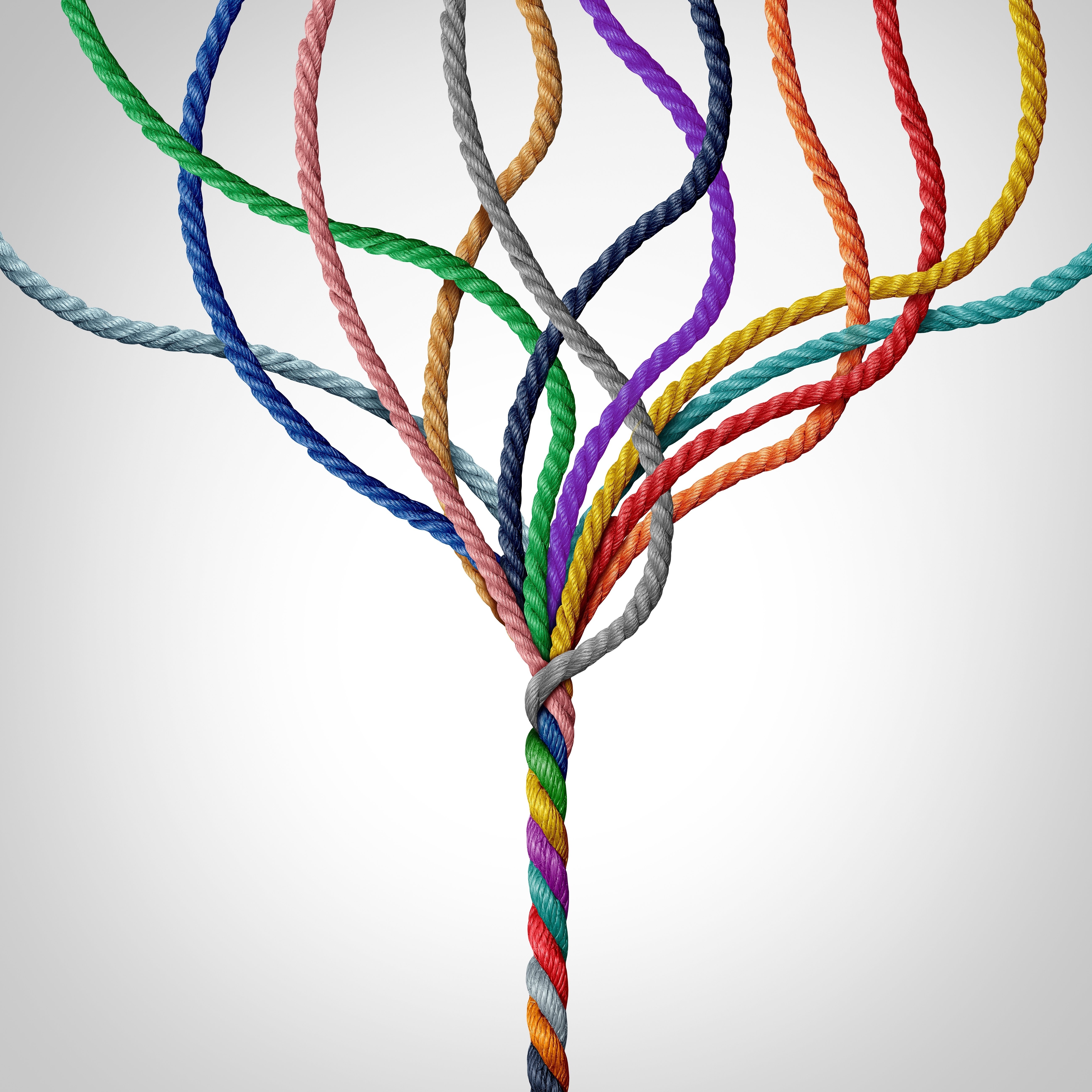Empowering Athletes: Cutting Out the Middlemen in NIL Deals
Empowering Athletes: Cutting Out the Middlemen in NIL Deals
2 min read
 nXlvl
:
Apr 29, 2024 12:43:29 PM
nXlvl
:
Apr 29, 2024 12:43:29 PM

Empowering Athletes: Cutting Out the Middlemen in NIL Deals
In the realm of collegiate athletics, the advent of Name, Image, and Likeness (NIL) rights has catalyzed a seismic shift in the way athletes engage with commercial opportunities. No longer tethered to the traditional structures that often involve intermediaries, athletes are increasingly taking matters into their own hands, leveraging their personal brands to forge direct relationships with brands and sponsors. This trend of cutting out the middlemen in NIL deals represents a powerful assertion of athlete autonomy and entrepreneurship.
The Traditional Model: Middlemen and Intermediaries
In the past, athletes seeking to capitalize on their NIL rights often relied on agents, marketing agencies, and other intermediaries to broker deals on their behalf. While these middlemen provided valuable expertise and connections, they also introduced layers of complexity and potential conflicts of interest into the negotiation process. Moreover, they often took a significant cut of the athlete's earnings, diminishing the athlete's share of the profits.
Empowering Athletes: Direct Engagement with Brands
With the emergence of NIL rights, athletes now have the freedom to engage directly with brands and sponsors, cutting out the middlemen and retaining greater control over their commercial partnerships. By leveraging their social media platforms, personal networks, and marketing savvy, athletes can negotiate deals, set terms, and maximize their earnings without the need for intermediaries.
Benefits of Cutting Out the Middlemen
By bypassing intermediaries, athletes retain full control over their brand image, messaging, and business decisions. This autonomy allows athletes to align themselves with brands and sponsorships that authentically reflect their values and interests, fostering genuine connections with their audience.
Without the need to share profits with middlemen, athletes can maximize their earnings from NIL deals. By negotiating directly with brands and sponsors, athletes can secure more favorable terms and retain a larger percentage of the revenue generated from their endorsements and partnerships.
Cutting out the middlemen streamlines the negotiation process, enabling athletes to react quickly to opportunities and finalize deals on their own terms. This agility and efficiency are especially valuable in the fast-paced world of social media and digital marketing, where timing is critical.
Challenges and Considerations
While cutting out the middlemen offers numerous benefits, athletes must also navigate potential challenges and considerations, including legal compliance, contract negotiations, and brand management. Moreover, the absence of intermediaries means that athletes bear greater responsibility for managing their business affairs and protecting their interests.
Conclusion
As the NIL landscape continues to evolve, the trend of athletes cutting out the middlemen in NIL deals reflects a broader shift towards athlete empowerment and entrepreneurship. By taking control of their commercial opportunities and engaging directly with brands and sponsors, athletes are reclaiming their autonomy and maximizing their earning potential. This trend heralds a new era of athlete-driven marketing and partnership strategies, where athletes are not only the face of the brand but also the architects of their own success.

Empowering Athletes: Cutting Out the Middlemen in NIL Deals

The Pursuit of Equity: NILs and the Quest to Fairly Compensate All Players

Exploring New Avenues: NILs Seeking Diverse Revenue Streams